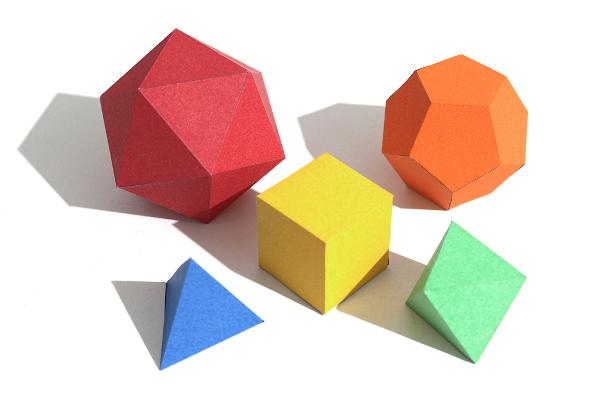You may have heard of BMI, the body mass index. It is a measure of how obese a person is. Knowing the BMI, it can be said if she is above or below the ideal weight. It is an index that takes into account the individual's height and weight (mass). We know that obesity is already considered a worldwide epidemic by the World Health Organization, so it is important to know how your obesity level is. But the BMI also reveals if the person is underweight, another problem faced by people who seek at any price to have a thin body, especially models, generating a picture of anorexia.
Well, as said, the BMI is calculated considering two parameters: weight (mass) and height of the person. But do you know how it is calculated? There is a mathematical model (formula) that provides the BMI when the weight (in kilograms) and height (in meters) of an individual are known. Look:
BMI = (Weight)
(height)2
Note that BMI is obtained by making the quotient (division) between the person's weight and the square of the height.
Thus, a person 1.60 m tall, weighing 51 kg, will have a BMI of:
BMI = 51 = 51 = 19,5
(1,60)2 2,56
The Brazilian Association for the Study of Obesity established a table that indicates the degree of obesity according to BMI.
Under 18.5 - You are underweight
Between 18.5 and 24.9 - You are at your normal weight
Between 25 and 29.9 - You are overweight (overweight)
Between 30 and 34.9 - Grade I obesity
Between 35 and 39.9 - Grade II obesity
40 and above - Grade III obesity
If we consider the example calculated above, such as BMI = 19.5, we can say that the person has a healthy weight.
By Marcelo Rigonatto
Mathematical
Kids School Team



